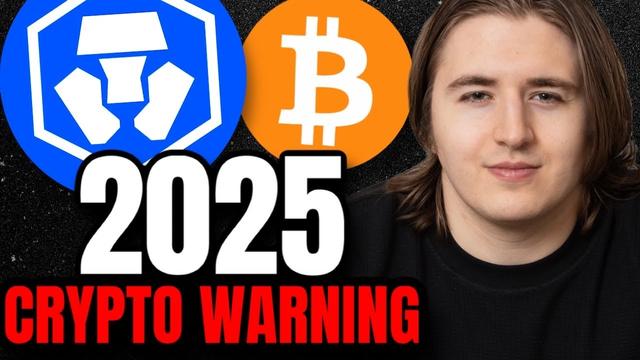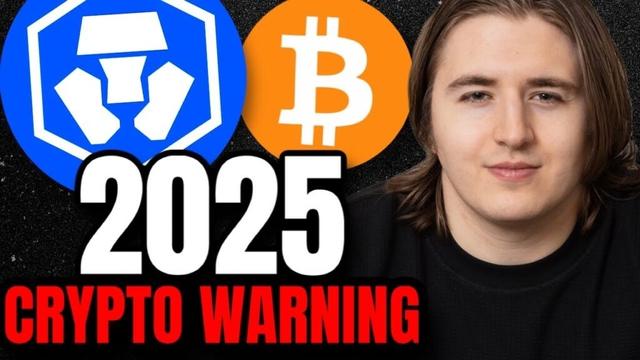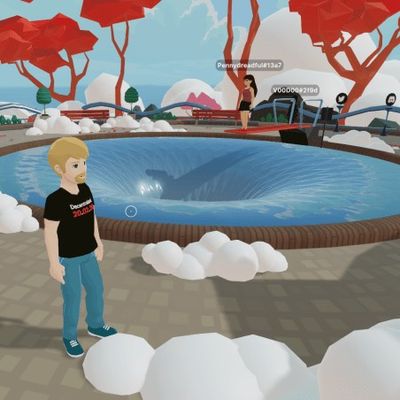@
Ton Zijlstra @
Metaverse 💞 beyond.pictures The entire "Metaverse = blockchain + crypto + NFTs" cryptobro scene seems blissfully unaware of the existence of @
Second Life (tagging them so they can have a laugh for the weekend if they notice). In fact, apparently, so does almost everyone who started a virtual world since the mid-2010s, especially since Meta's Horizon announcement. A few virtual world makers may be fully convinced that Second Life is dead and gone since 2008 or 2009, just like so many others. Most of them, however, seem to never even have heard that name ever before.
The only exception seems to be Horizon itself, but only
because it was spearheaded by a former Linden. And even then, Horizon failed because Zuckerberg had too much control and, at the same time, no idea whatsoever how virtual worlds work.
It's especially the cryptobros who put raking in money above and before anything else. Sure, a commercial virtual world needs a business model and a steady source of income to stay afloat. But the "business model" of many crypto-based virtual worlds is, "First I'll sell land to celebrities and megacorporations for cryptocurrency worth millions of real-life dollars a patch. Then I'll rake in even more money when the cryptocurrency rises in value as people start speculating with it. And then, well, yeah, I guess I'll take care of the world." Lots of "metaverses" tanked because they sold NFT deeds to virtual land that they never actually managed to create.
Decentraland actually exists, you have to give them that.
Still, the makers of Decentraland had and still have to
learn a lot of things about virtual worlds the hard way if they refuse to look at other worlds and
what makes them successful.
This includes in-world building. Just because it's possible, doesn't mean it's convenient. And virtual worlds based on game engines like Unity3D or the Unreal Engine don't make it convenient. If you want a city in-world, you have to build the entire city in an external game scene editor
as one block, all small details included, script it there, export it, convert it, and then you can import it. You can't actually build anything in-world. You can't change anything in-world. If you have a few more visitors at home, and you want to add a chair or two, you have to fire up the editor, edit the whole scene, add the chairs there, export it again, convert it again and throw everyone out of your home because you have to delete and re-import the entire scene.
Second Life lets you add a chair right there, right then. Second Life lets you
build furniture on the spot if you're skilled enough. Or entire buildings. At "worst", the external tools you use are Blender for 3-D meshes and Photoshop or GIMP for textures so the
single objects you make look better. And still, you piece your part of the world together from big and small objects
in-world. Say about Second Life's graphics engine what you want, but it facilitates world-building greatly because it doesn't require in-world places to be static, monolithic scenes like in video games.
Speaking of which, Second Life is often criticised for its learning curve and bad on-boarding. Decentraland seems to manage to be even worse.
Oh, and if the makers of Decentraland had actually done their homework and some more research, they wouldn't use that stupid "first decentralised metaverse ever" claim. It's stupid because it's wrong.
The "first decentralised metaverse" came to exist in 2007 already with
OpenSimulator, a free and open-source server-side re-implementation of Second Life's technology. The term "metaverse" has actually been used around OpenSim since 2007, including by (now offline for extended maintenance)
OSgrid, the first public OpenSim grid, the oldest still existing OpenSim grid and one of the two biggest OpenSim grids.
Decentraland is "decentralised" in the crypto sense: It uses its own cryptocurrency rather than relying on one of the big ones like Bitcoin, Etherium or Dogecoin. But as a virtual world, it's still one big monolithic walled garden.
OpenSimulator is decentralised by being the technology underneath well over 3,000 big and small individual virtual worlds. Now it comes: Almost all of them are connected to one another via the so-called Hypergrid which was created in 2008. You can have an avatar on one grid and visit another grid with that avatar, even taking your inventory with you. You can have friends on other grids. You can join groups on other grids (although group functionality across grid borders can be hit-and-miss).
Lastly, virtual land NFTs being cash cows only works because people don't know about Second Life or think it's dead, and because they've never heard of OpenSim. There are more than enough stories of people or companies shelling out eight-digit US dollar sums for patches of land in new virtual worlds.
AFAIK, Second Life charges you some $250 of monthly rent for a 256x256m standard region with an island on it, surrounded by ocean, and $300 per month for the same size of land on the mainland. Granted, only if you can get that land in the first place.
@
Lone Wolf's
Wolf Territories Grid has
various offerings, depending on land size and capacity. The default is a bit over $25 a month for 1,024x1,024m and 20,000 prims. And the Wolf Territories, being a commercial grid, are actually considered expensive because the "standard" has been $10/month for 256x256m and 15,000 prims, and some grids go as low as $5/month for 256x256m. You're likely to get what you pay for, but still.
This is also possible because, unlike Second Life, unlike Decentraland, unlike Horizon, unlike
almost all other virtual worlds, land is not scarce in OpenSim. Anyone can literally make their own land in OpenSim. You can run OpenSim on a Web server or on a machine at home. You can host your own land as a stand-alone and attach it to an existing grid, although only few grids allow this. Or you can even host your own entire grid and open it to the Hypergrid if you so desire. The vast majority of grids is home-hosted.
In fact, all those who are working on building the "open Metaverse" should take quite a few more closer looks at OpenSim. Otherwise they're bound to make some very painful mistakes.
#
Long #
LongPost #
CWLong #
CWLongPost #
Decentraland #
Blockchain #
Crypto #
Cryptocurrency #
Cryptocurrencies #
NFTs #
MetaPlatforms #
MetaHorizon #
Horizon #
HorizonWorlds #
SecondLife #
OpenSim #
OpenSimulator #
Hypergrid #
Metaverse #
VirtualWorlds #
Decentralised #
Decentralized




